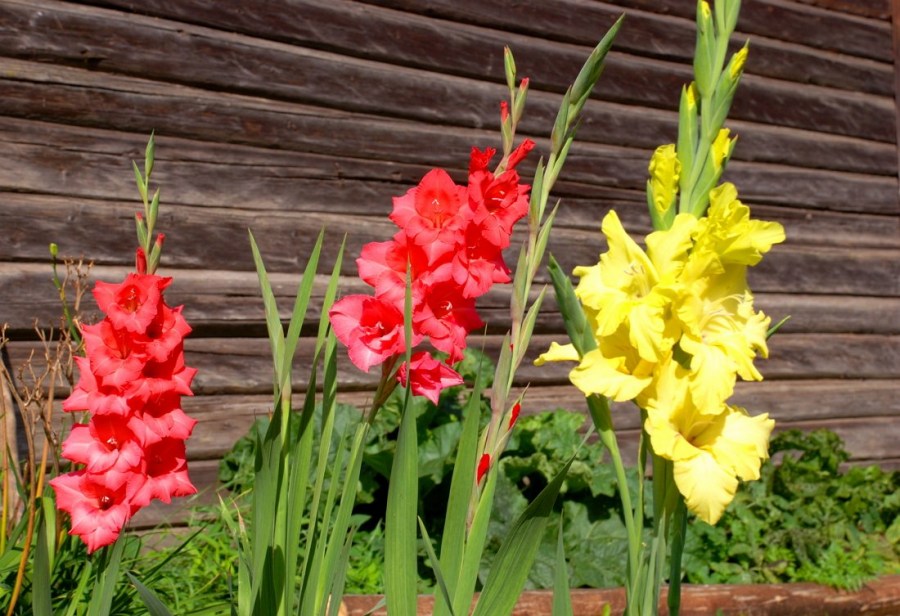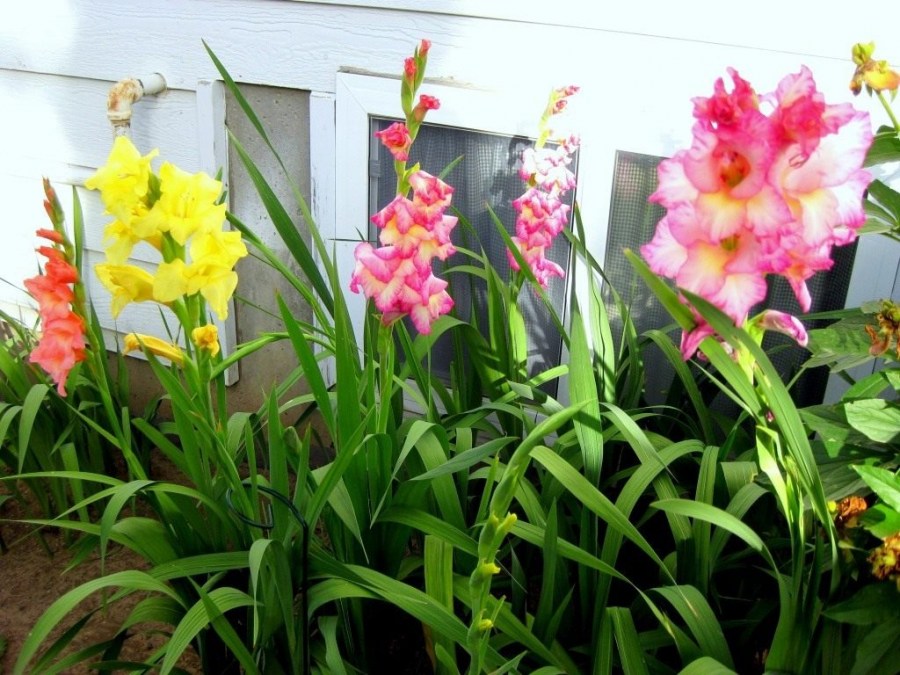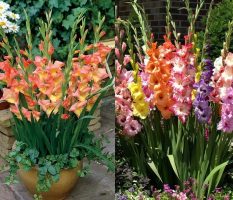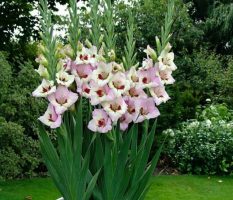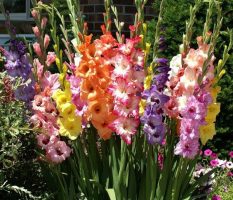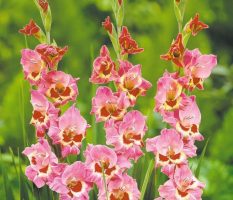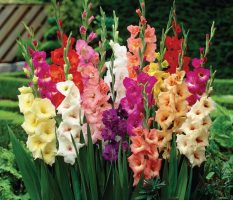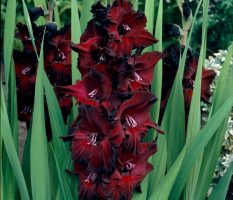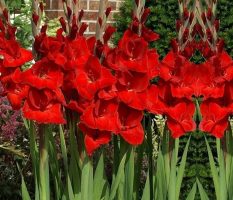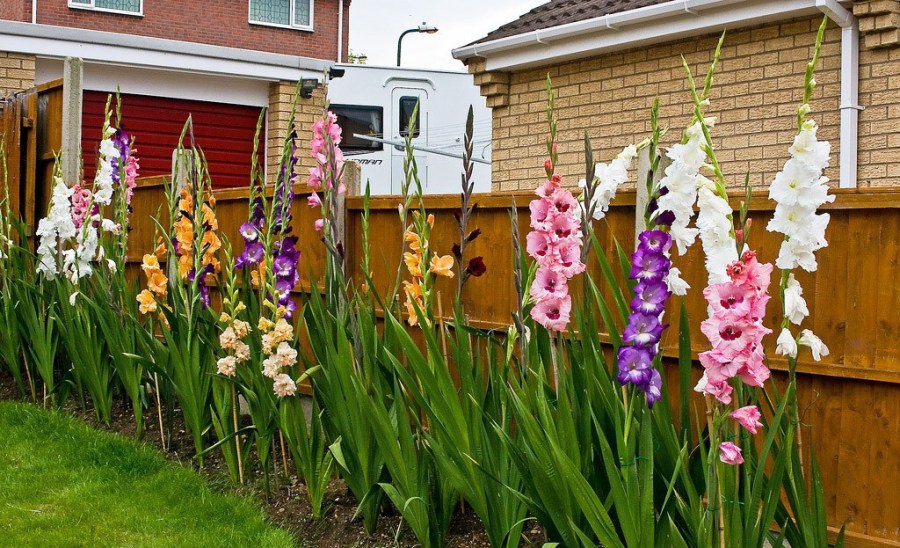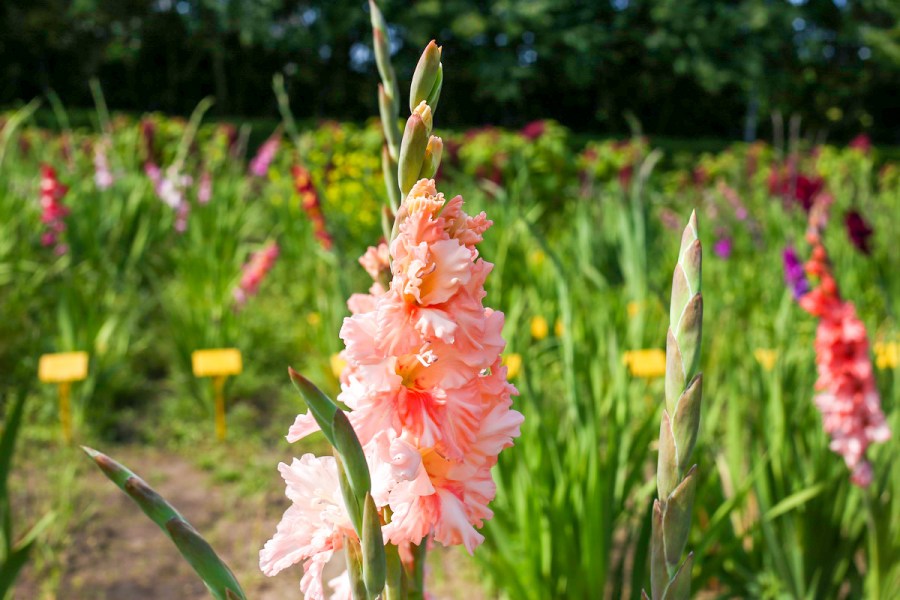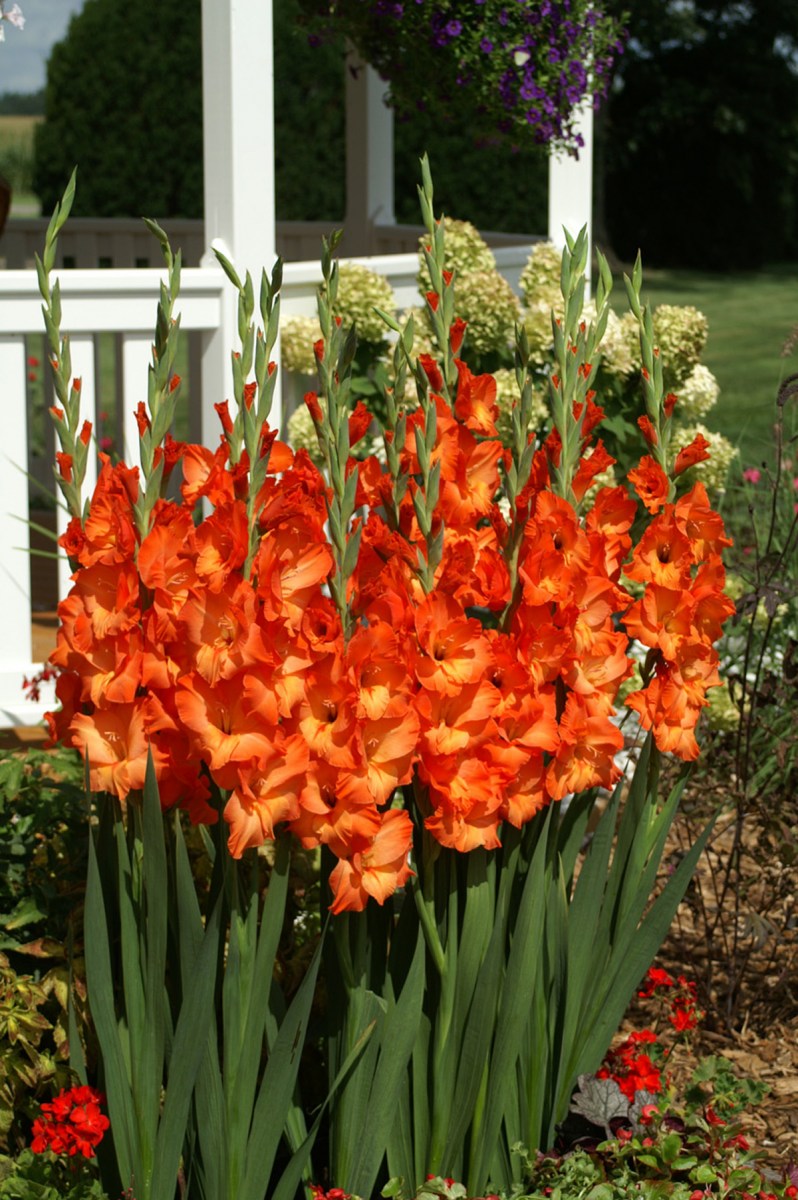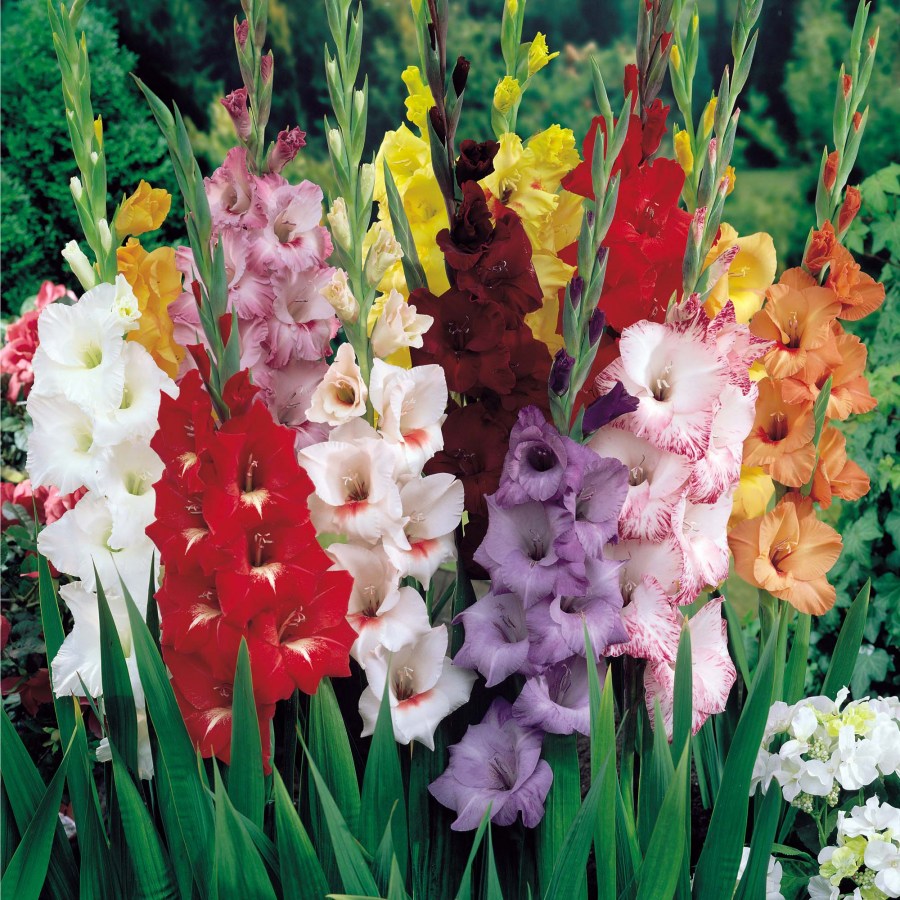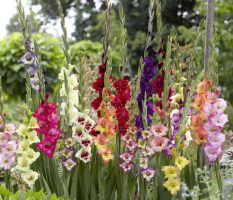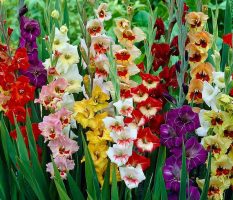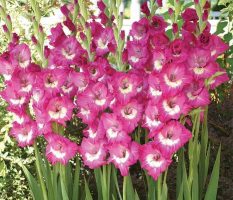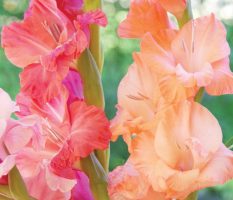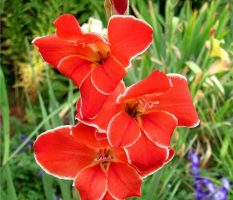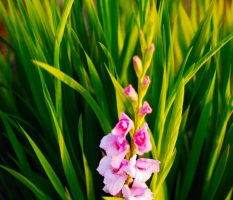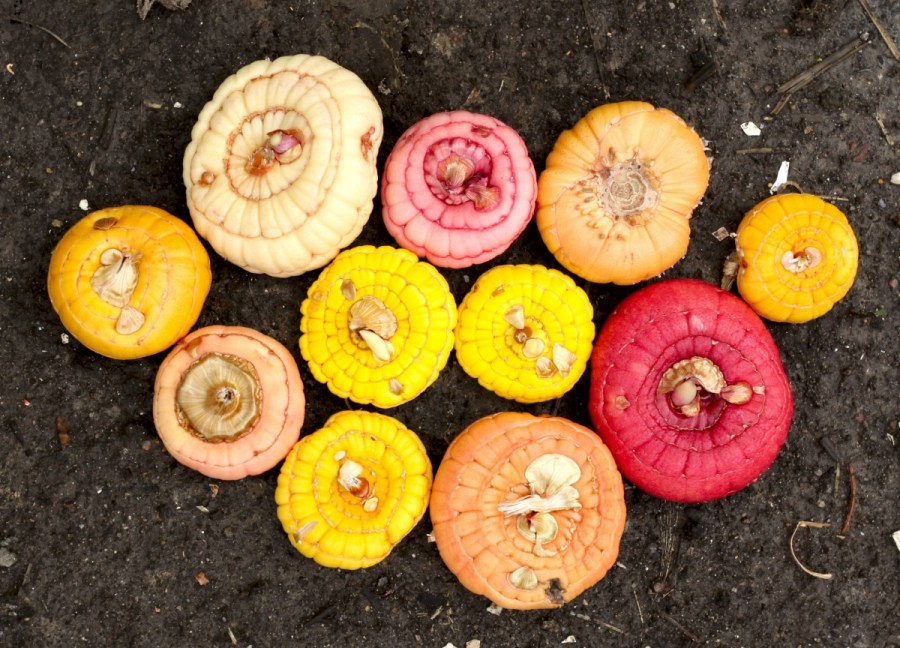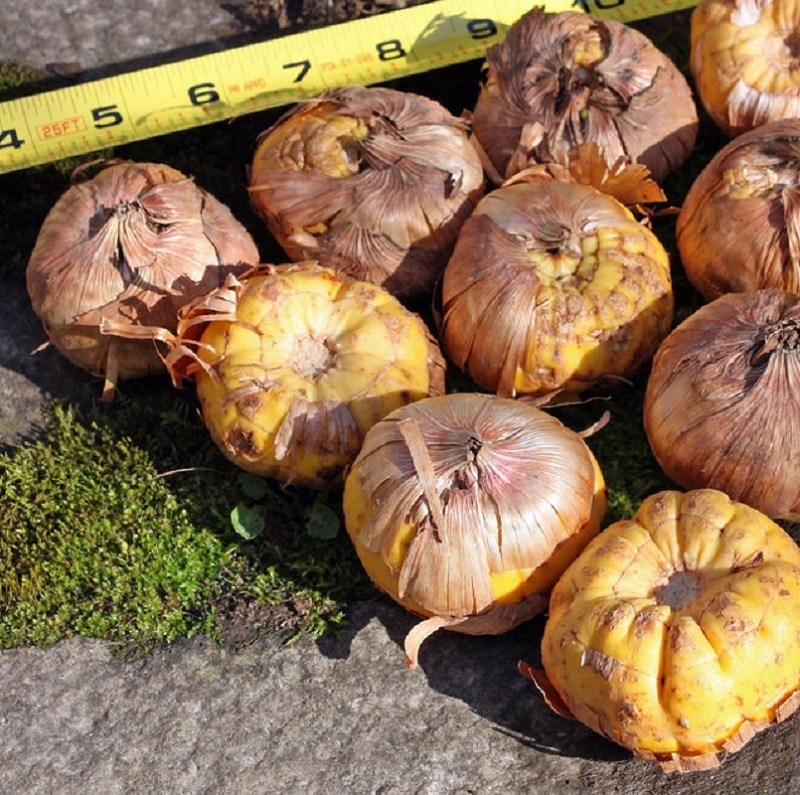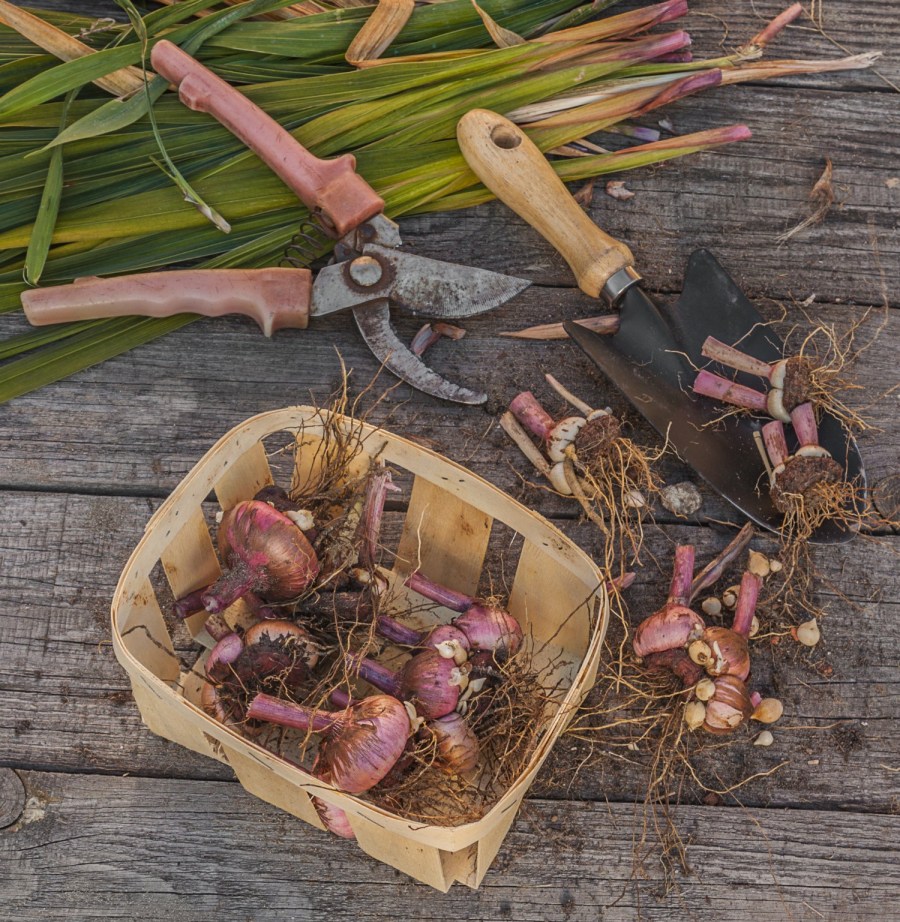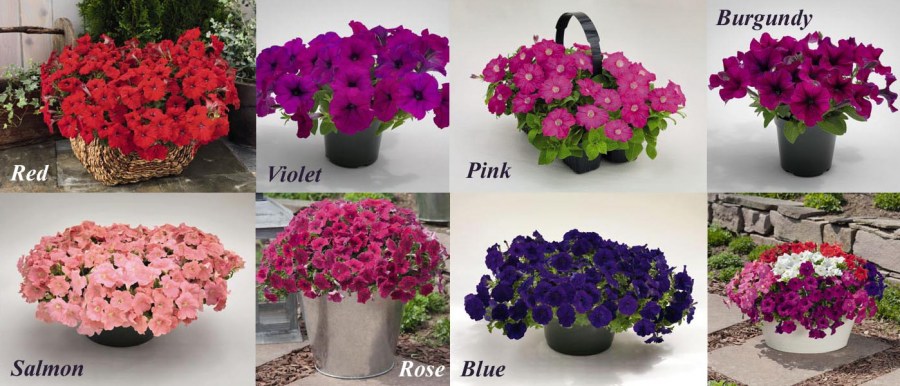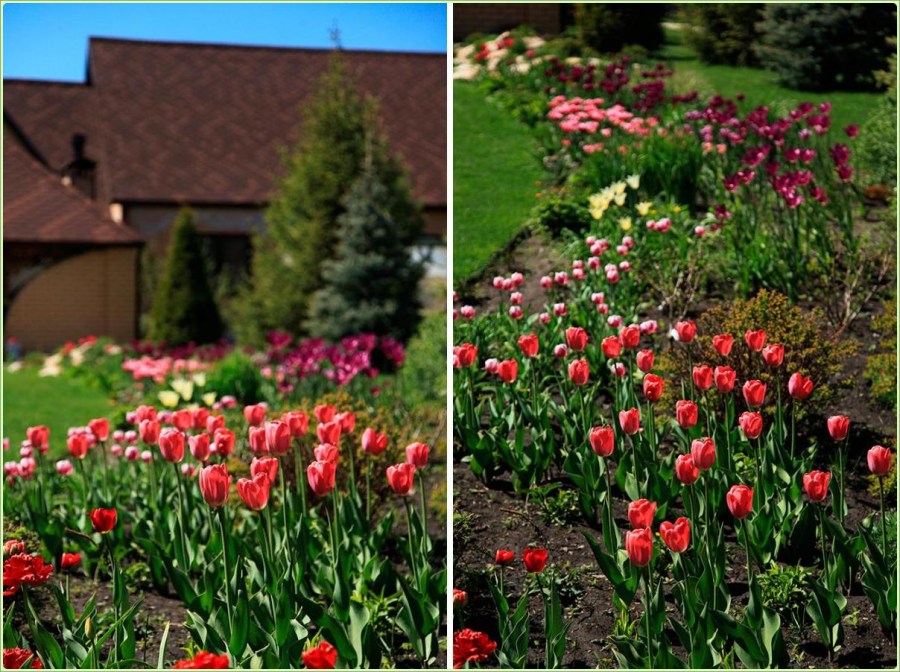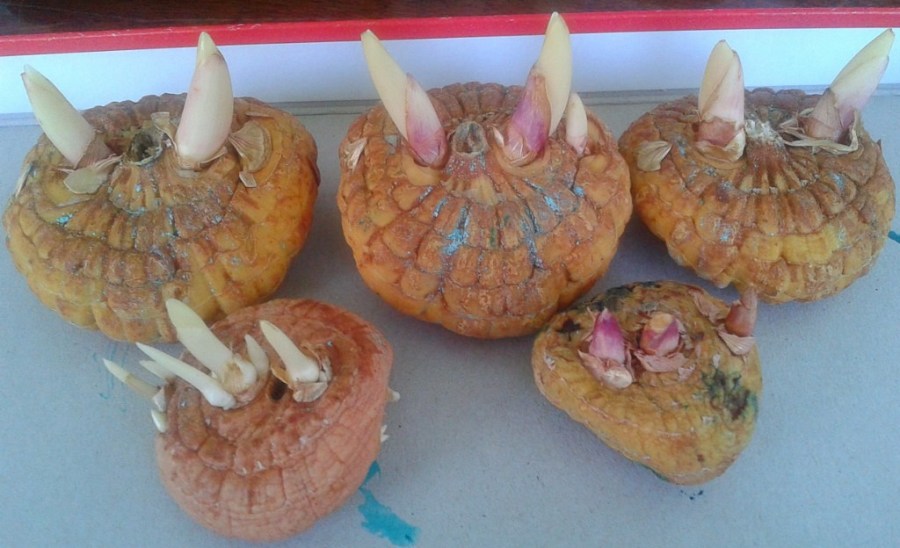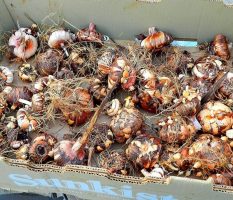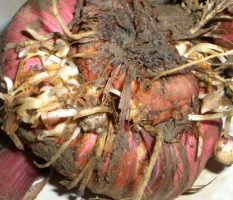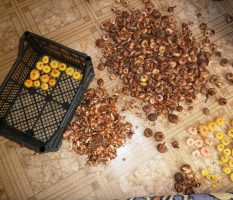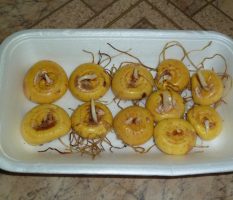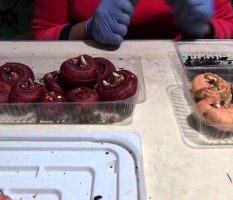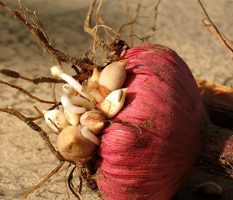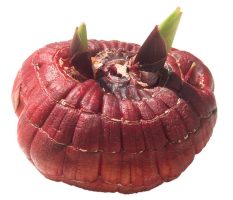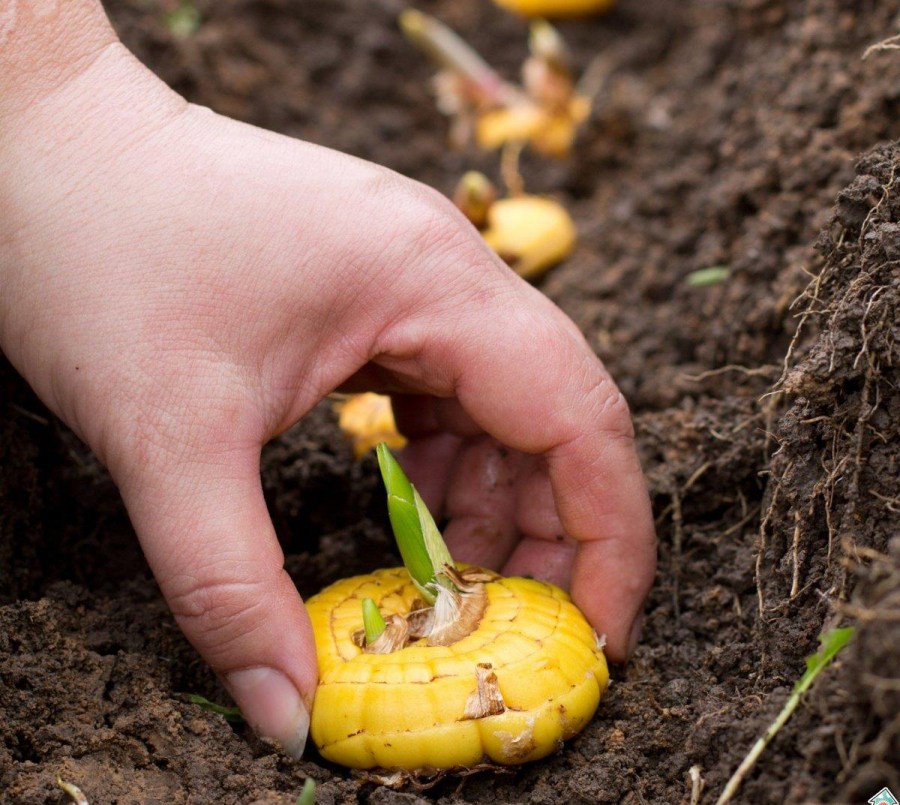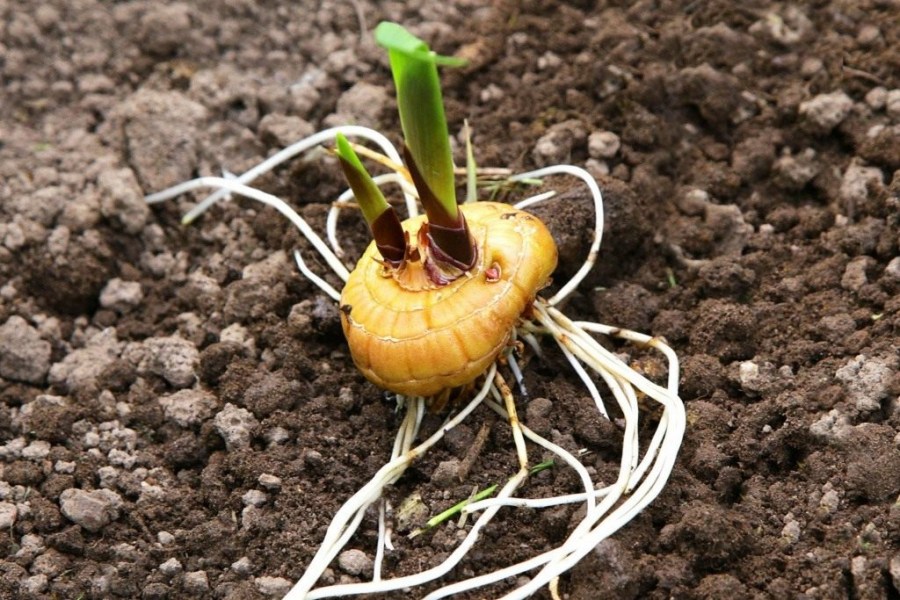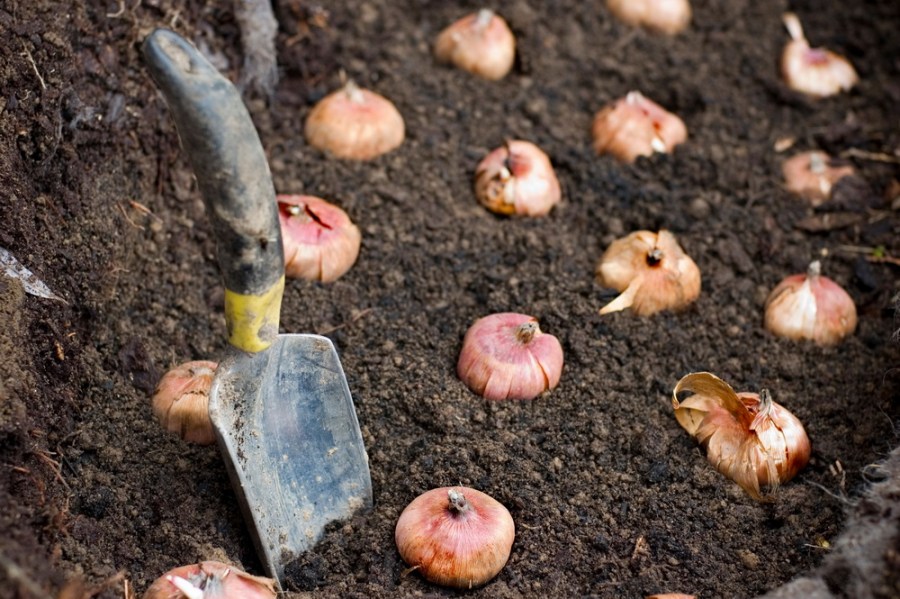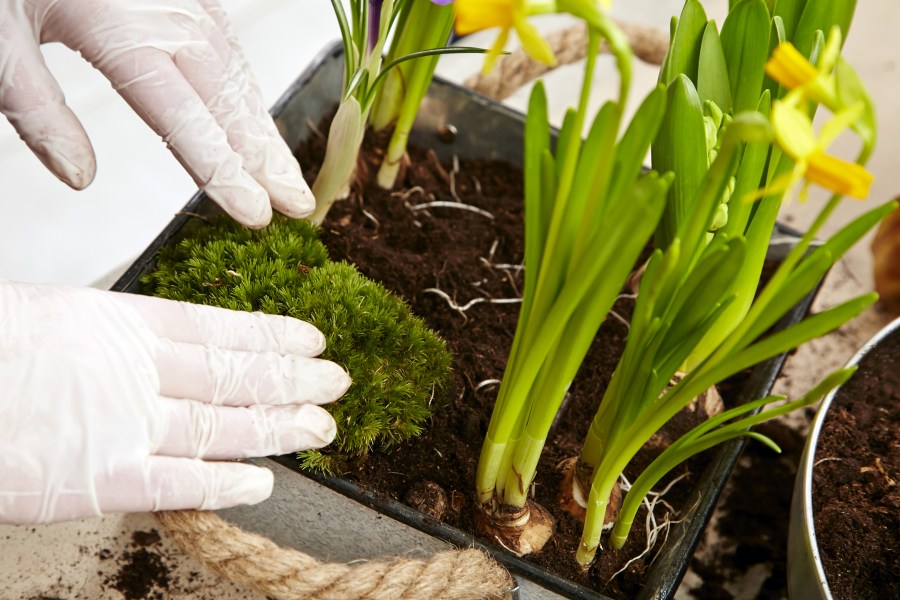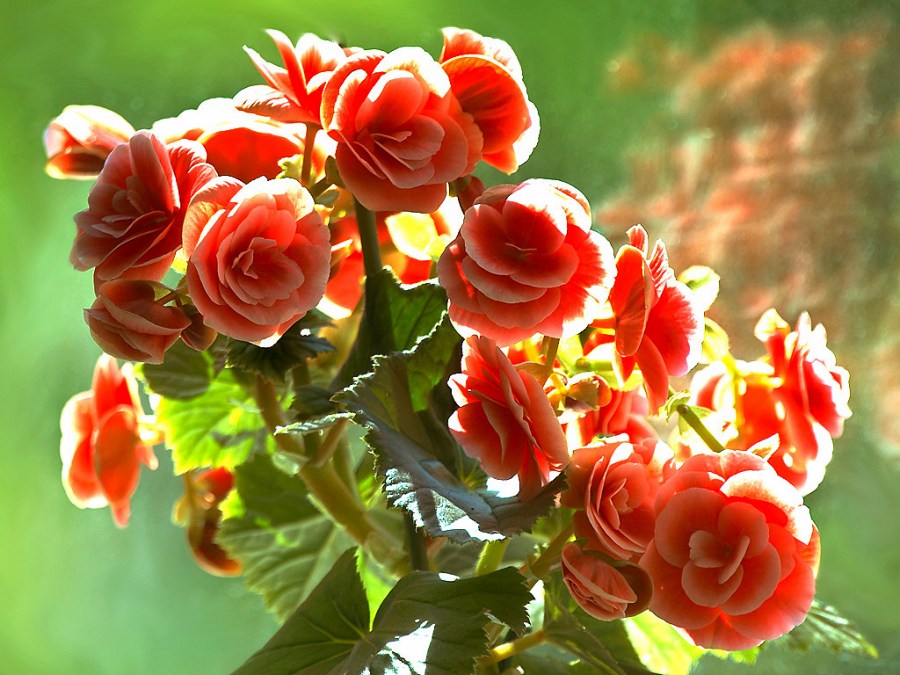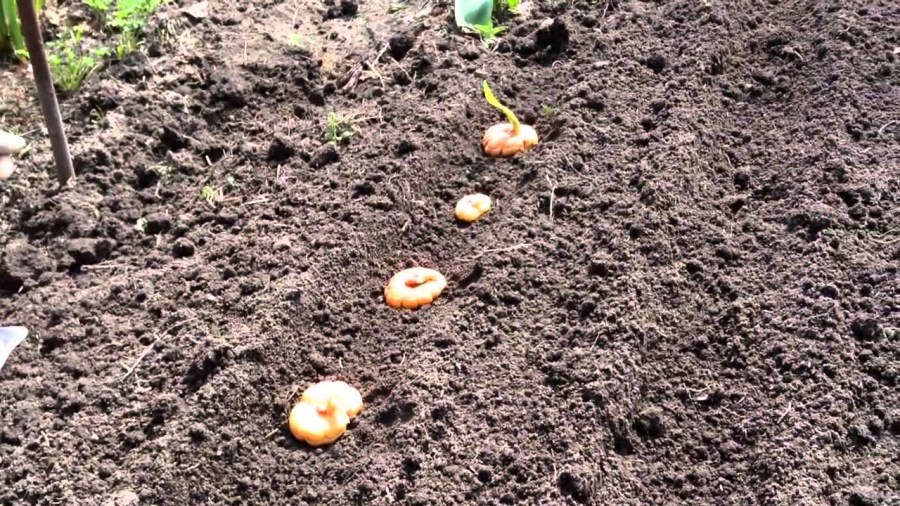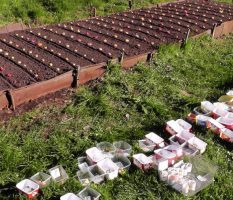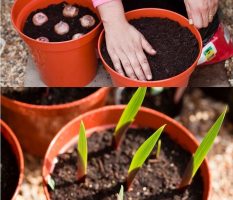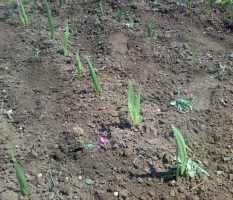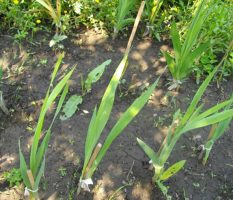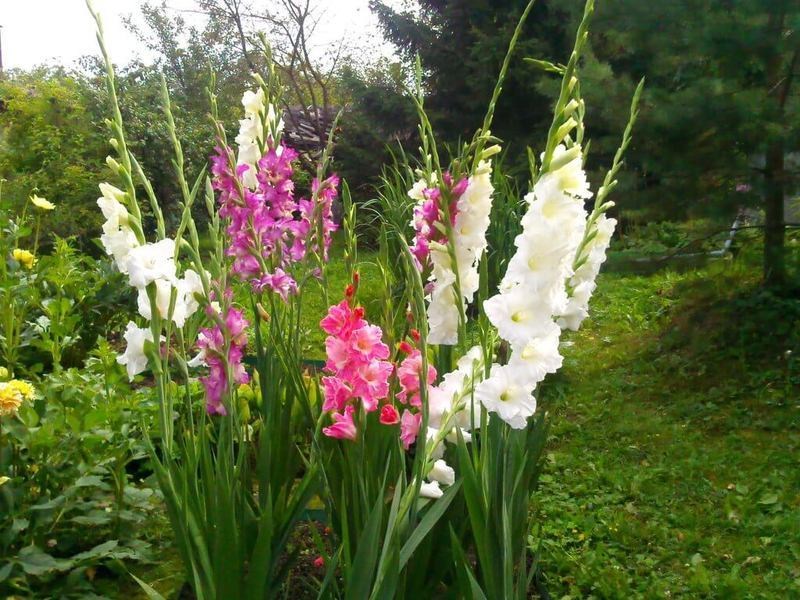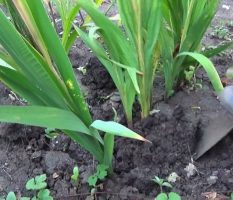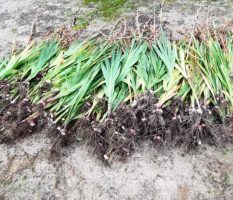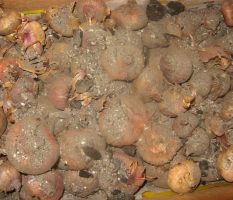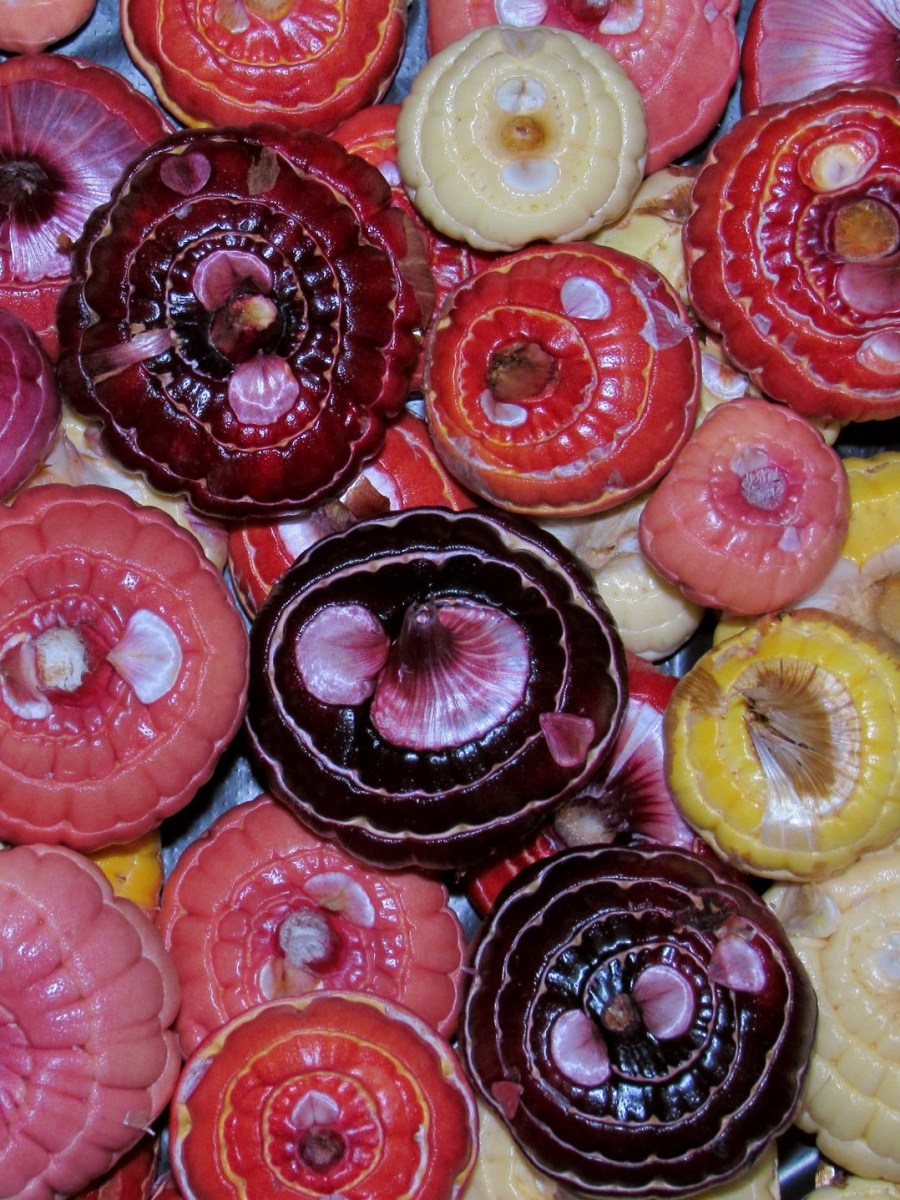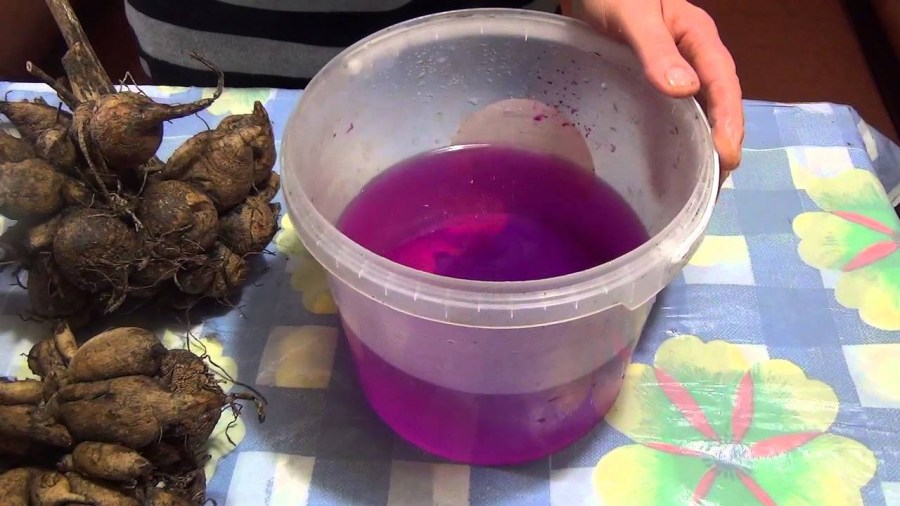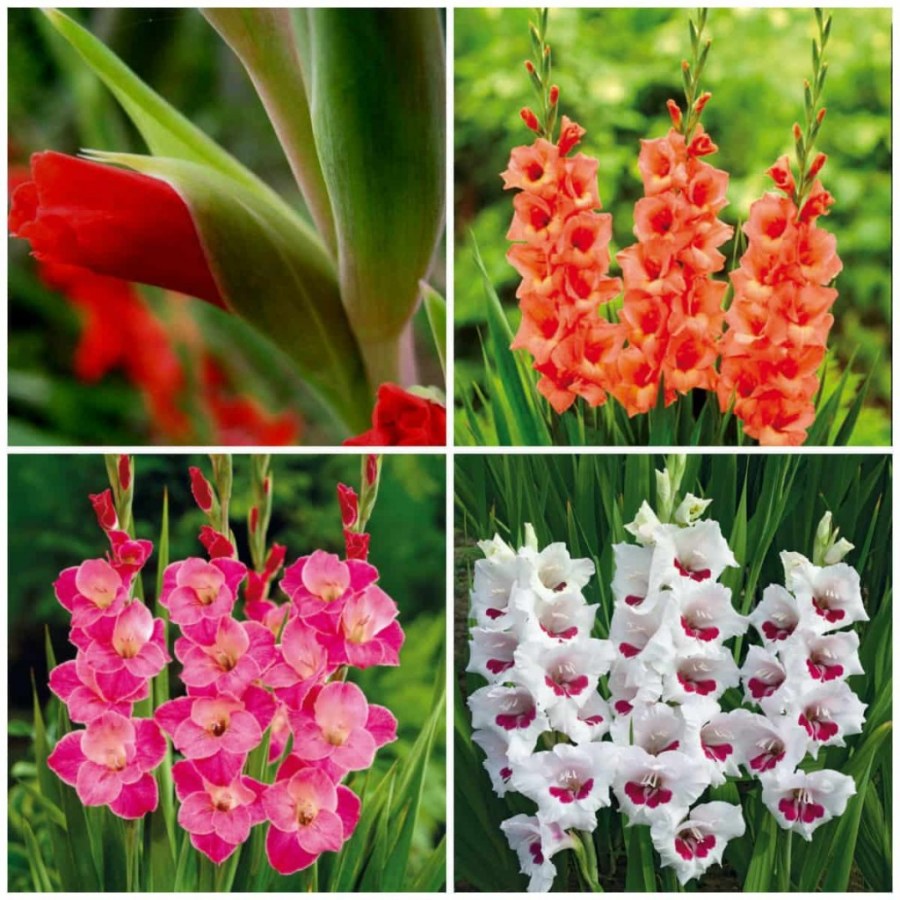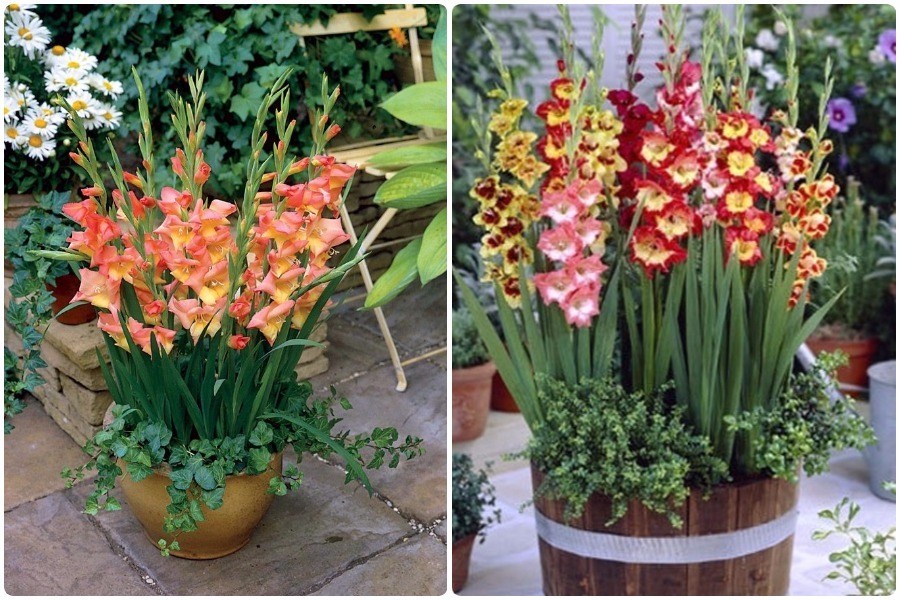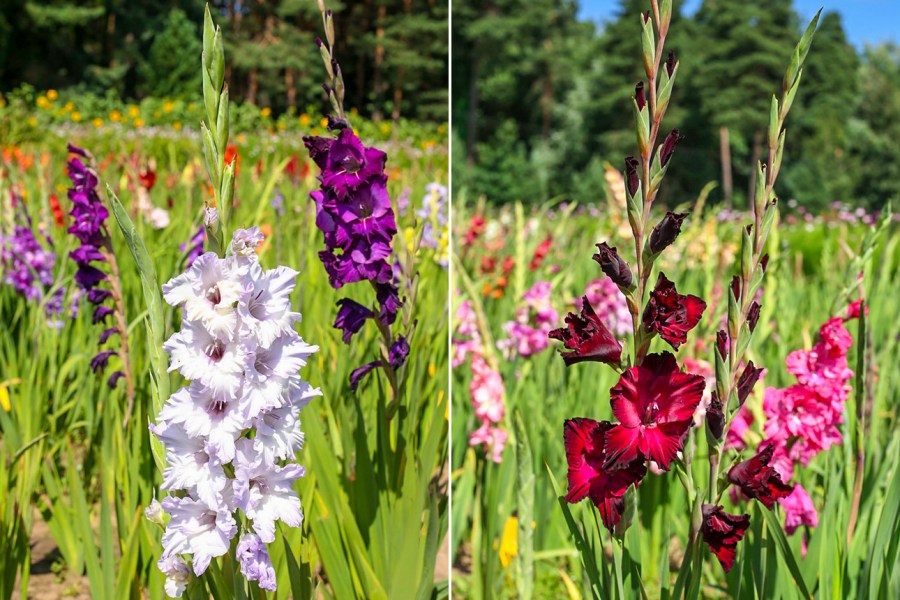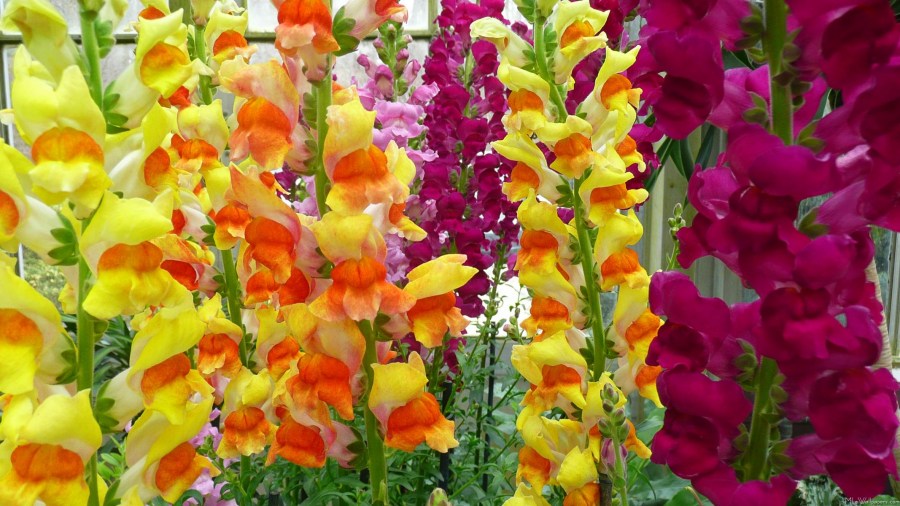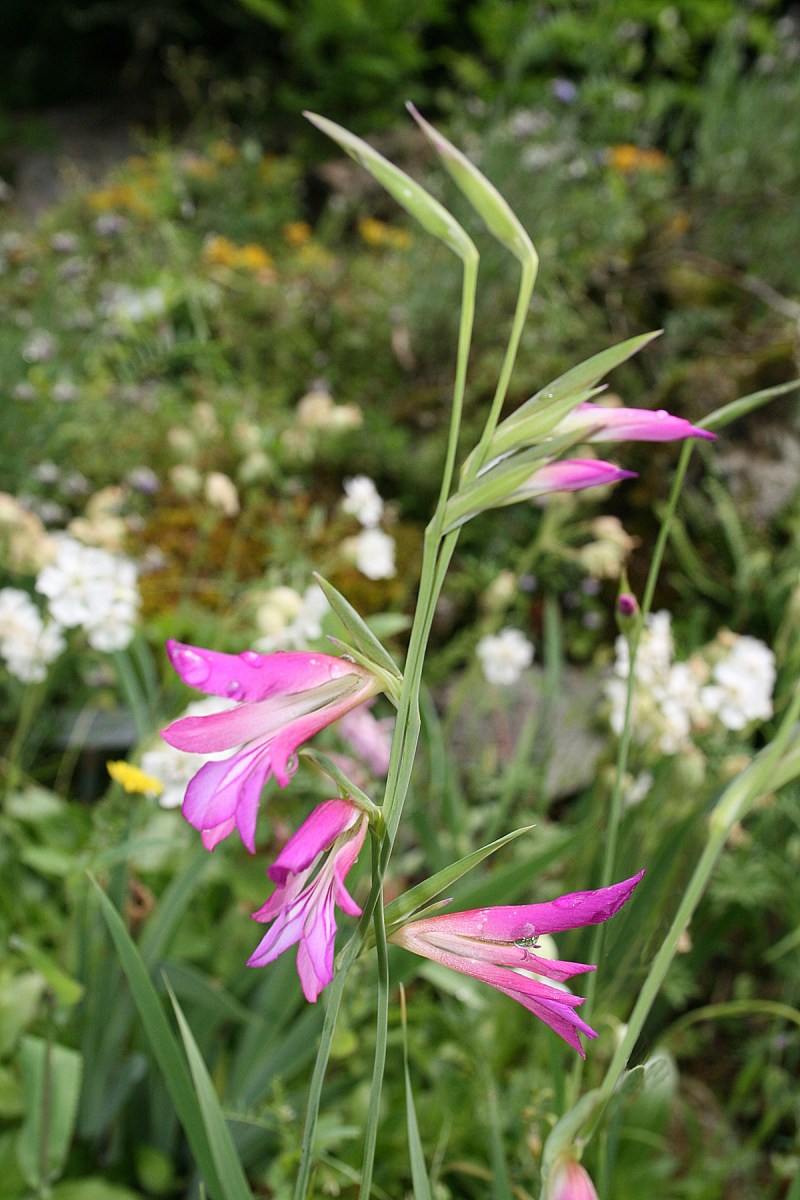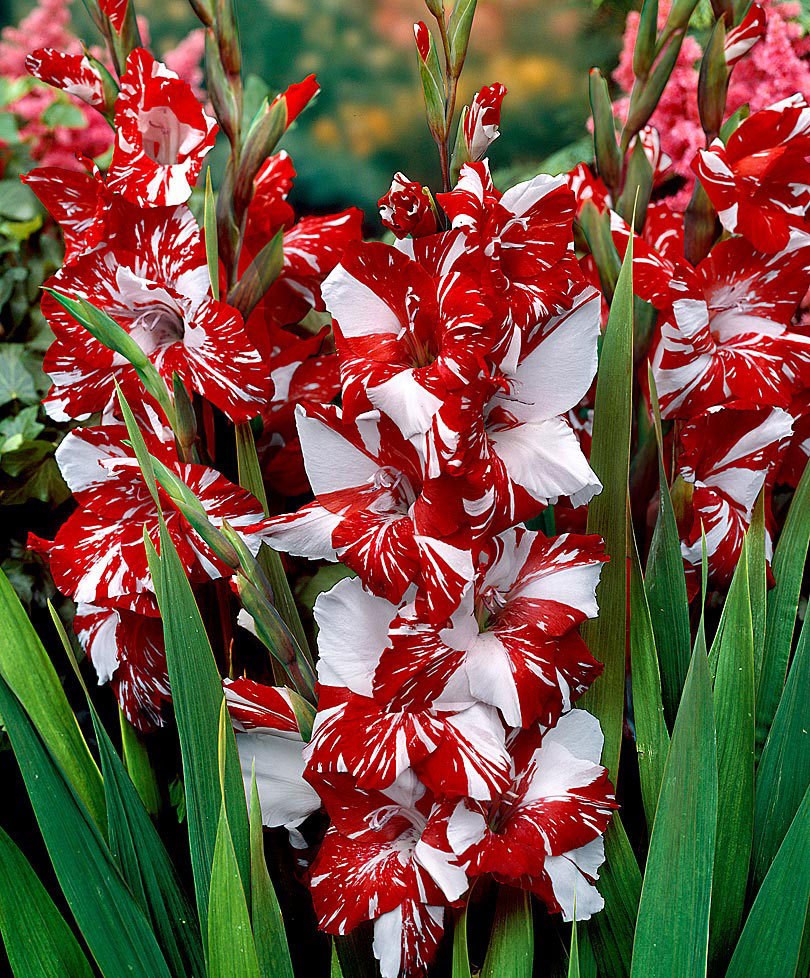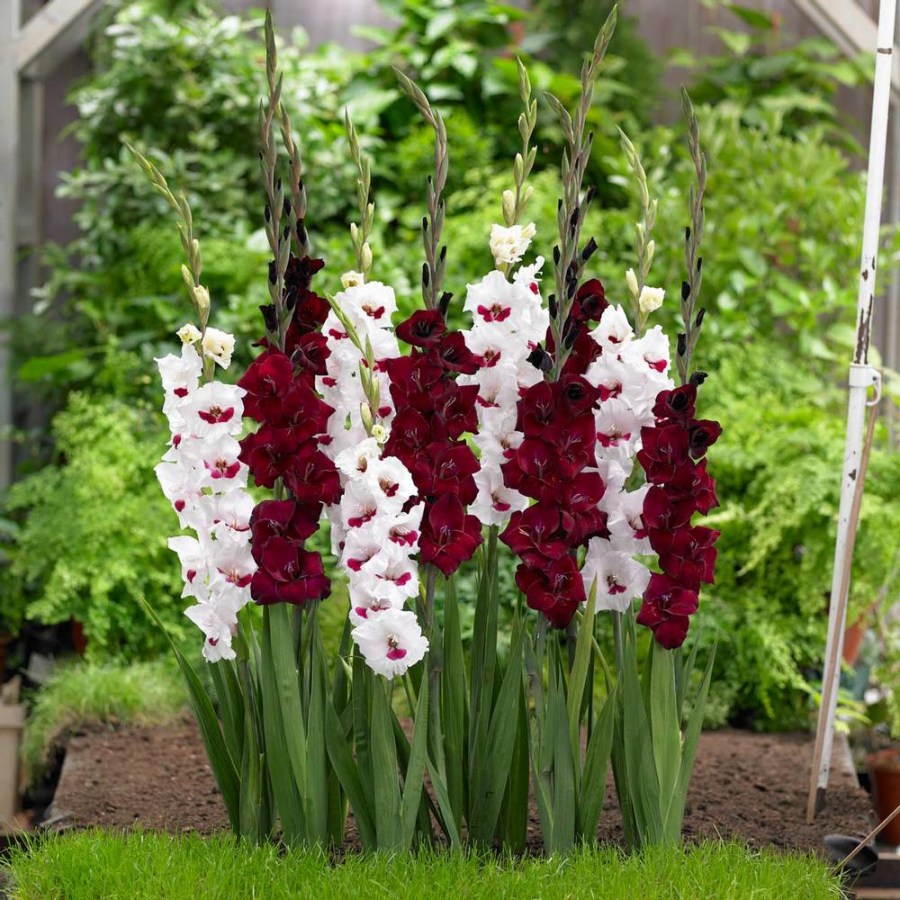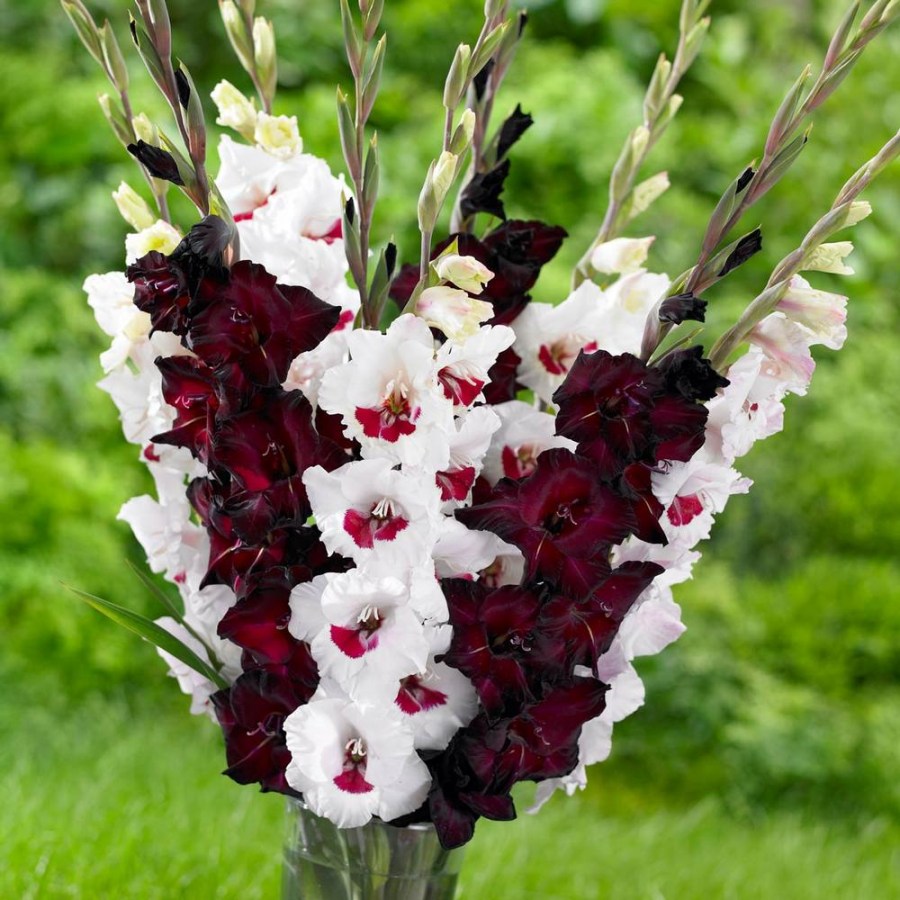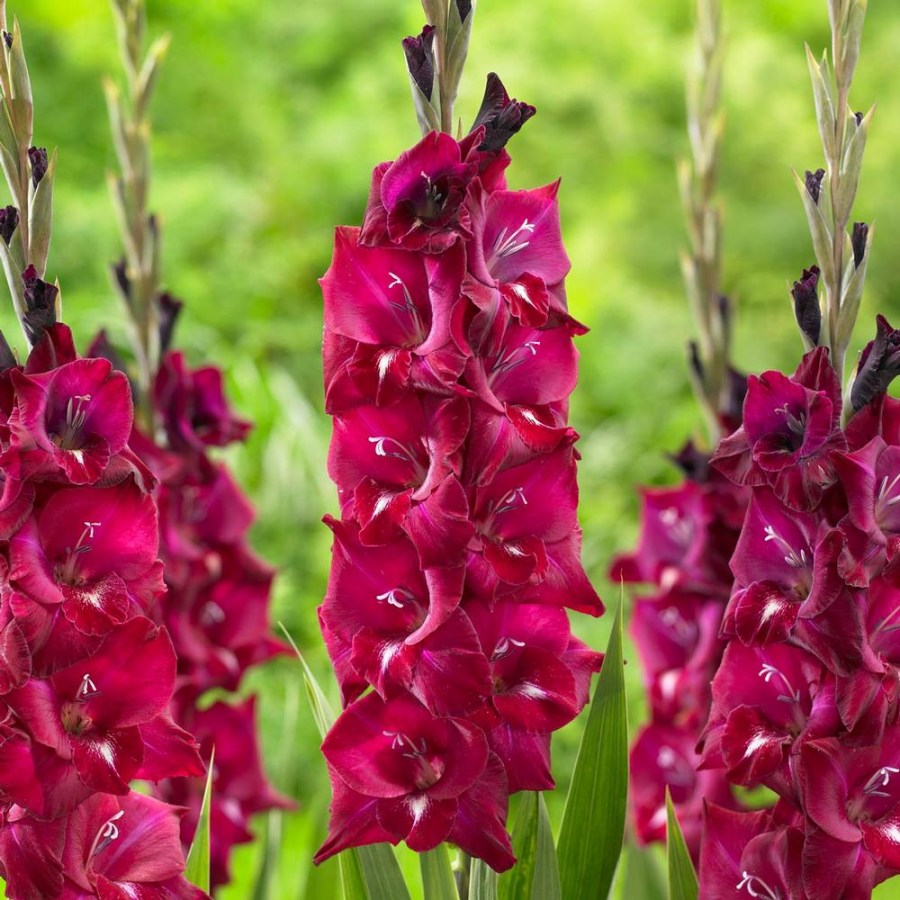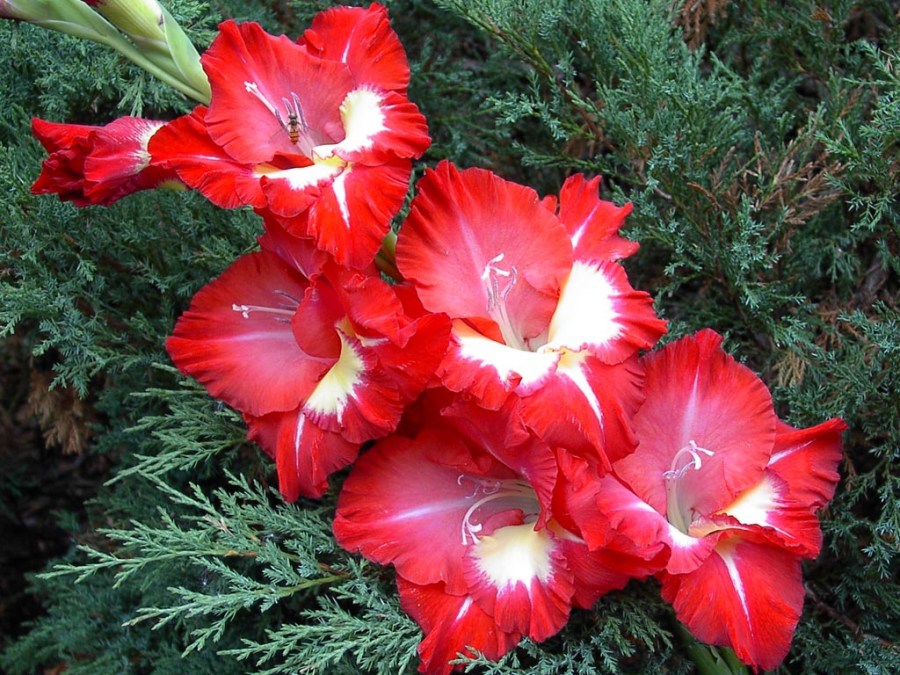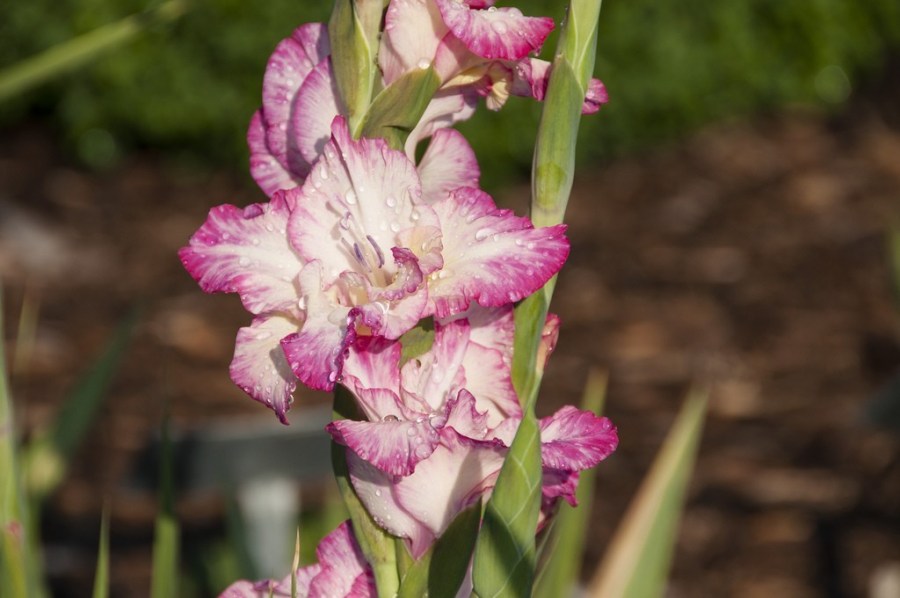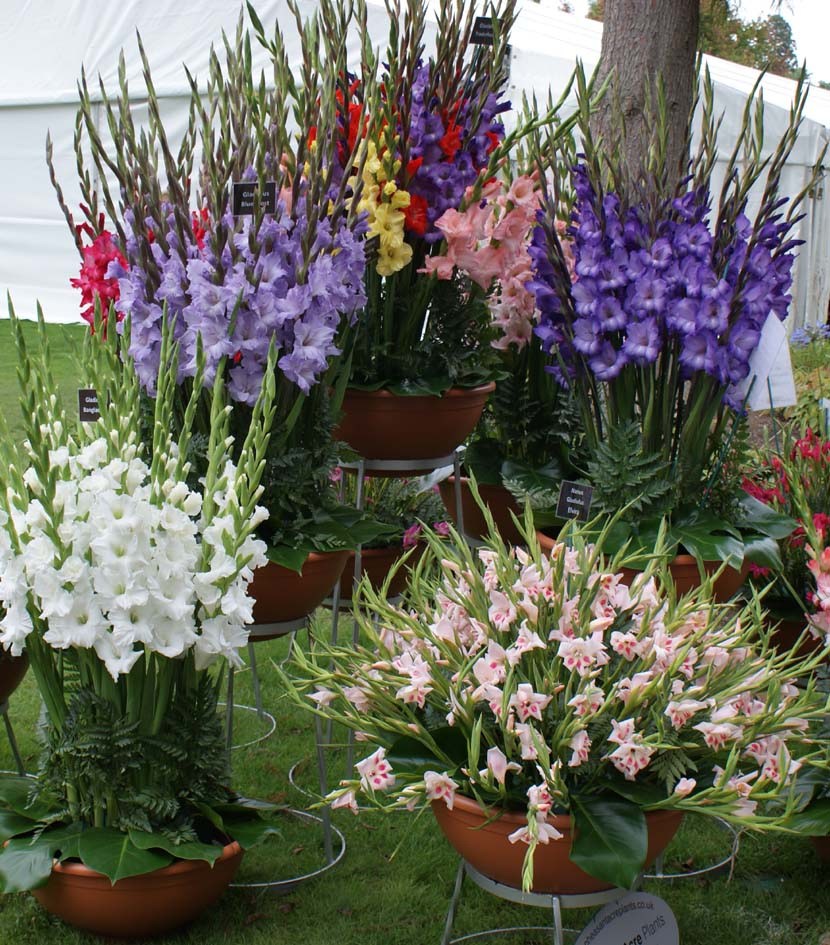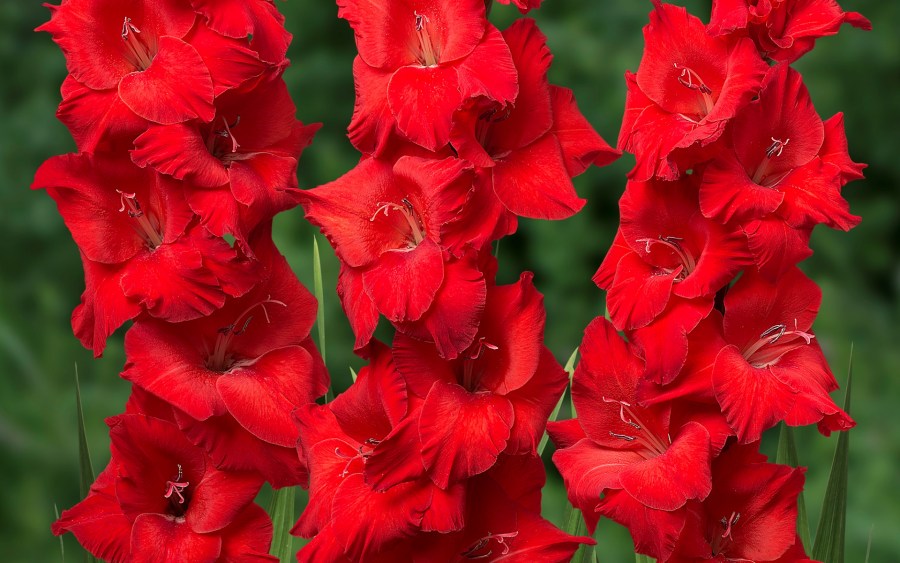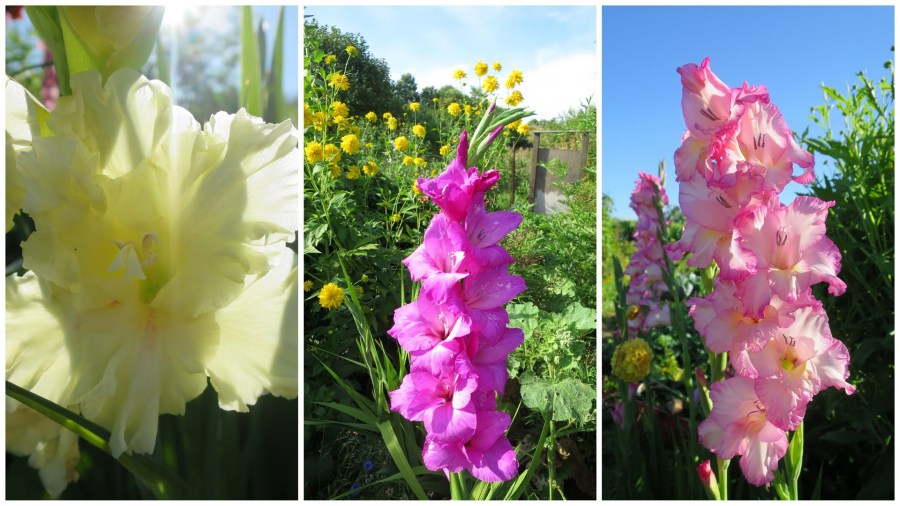Gladiolus - how to care for and grow in open ground? Instruction + 90 photos
Gladiolus owners will be pleased with the variety of varieties. This is a perennial plant of the Iris family. Their cultivation requires certain knowledge and skills.
Choose a place to land
Gladioli are very beautiful plants. They look great in bouquets, they stand for a long time after cutting. Bred flowers of different colors. They are planted in cottages, in gardens, city beds. Only some varieties are shown in the photo.
These flowers love open, windless, sunny areas. In shady or wetlands, they will often hurt. It’s not always possible to find a place that meets all the requirements. If gladioli are shaded, then flowering will begin later. With strong shading it can not wait.
The high standing of groundwater adversely affects the development of plants. No air flows to the roots. It is better to make a bed higher. The distance between flowers and other plantings should be at least 3-5 m.
Soil preparation
The landing site must be prepared in the fall. Plants love chernozem, sand and sandy loam soils. If their composition is not suitable for gladioli, then improvement is required. With excessive peat, sand is added. Peat is added to sandy soils.
It is necessary to determine the acidity of the soil. If it is high, slaked lime, chalk, ash or dolomite flour should be added. Usually make 100-200 g per 1 m². Dig the soil to a depth of approximately 50 cm. Weeds must be removed.
Bean crops, strawberries, onions and garlic will be good predecessors to gladioli. They improve soil structure and repel wireworm.
If the soil is chernozem, then fertilizers can be omitted in autumn. For other types, phosphate-potash fertilizers should be added to the plot in the amount of 30 g per 1 m². Do not make fresh manure or chicken droppings.
You can prepare beds for planting flowers with a width of 1 m. It is better to put a fence around the perimeter so that water does not drain.
Spring soil preparation consists in re-digging a shovel on one bayonet and harvesting weeds. They make nitrogen fertilizers. Gardeners often use urea at a rate of 15 g per 1 m².
We prepare material for planting
To get beautiful flowering homemade gladioli, you need to choose the right planting material. It cannot be argued that only large bulbs are quality. On the contrary, they age and lose their reproductive properties. Very large and flat bulbs will give small flowers.
You can find out the age of the biomaterial by the bottom. The wider it is, the older the bulb. The width of the bottom should not be more than 2.5 cm. It is better to discard old planting material after 3-4 years.
To preserve a valuable variety, bulbs are selected for children. The very first bud should be removed. Thus, nutrients will flow into the bulb.
Bulbs of gladioli need to be prepared 2-3 weeks before planting. They are cleaned of scales to remove parasitic microorganisms and check for diseases.
Waste biomaterial is better to burn. Dry, moldy and soft bulbs are completely unsuitable for planting. Minor damage can be removed with a knife, and grease the cut area with greens.
After liberation from the scales, the bulbs are laid out with sprouts up. Better to leave one sprout. Other sprouts are carefully removed and coated with brilliant green. Planting material is being treated for diseases and pests.
You can prepare an environmentally friendly garlic product. To do this, 300 g of garlic is passed through a meat grinder and pour 10 liters of water. Planting stock is placed for 2 hours in this solution. It is useful to carry out the same procedure after digging up the gladioli bulbs. The amount of infusion may be different, depending on the amount of planting material.
Bulbs are also treated with potassium permanganate. 1 g of potassium permanganate is diluted in 10 l of water. In such a solution, the seed should be from 30 minutes to an hour. In order for the flowers to grow quickly, the biomaterial uses a growth stimulator.
We plant flowers correctly
Bulbs are planted in the ground, heated to 8-10ºС. The embedment depth should be approximately 10 cm. 2-3 cm of sand is poured onto the bottom of the bed.
In central Russia, landing is carried out at the end of April. Later planting of gladioli will lead to a decrease in soil moisture and late flowering.
The distance between plantings and the depth of planting will depend on the size of the planting material, its variety. It is more convenient to make planting in the form of rows.
Large bulbs are placed at a distance of 15 cm from each other and at a depth of about 10 cm. Grooves must be watered before planting. The beds are covered with a layer of humus with peat chips or straw. The film is pulled on top.
You should not plant these plants in the same place for two years in a row. This will help avoid disease. Gladiolus do not like to adjoin to cruciferous crops (cabbage, radish, turnip, etc.). Before winter, these flowers can be planted only in the southern regions of Russia with shelter and the creation of the necessary conditions.
Further care
Gladioli in the open field must be watered several times a week, depending on the weather. It is better to pour water into the furrows between the rows. It must be warm so that a crust does not form. After sunset, the leaves of the plant should be dry, so when watering it is not advisable to get on them.
Plant nutrition is carried out about 5 times a season. Weed the flowers as needed. The soil around the plants needs to be loosened. Large gladioluses are tied to pegs. Faded buds are removed.
How to store bulbs in the winter
About a month and a half after flowering, the bulbs are dug up. This is done in dry weather.
The seed material is cleaned, the strongest bulbs are selected without damage. They need to be placed in a solution of potassium permanganate for 30 minutes. Then the biomaterial is dried for 3 days on the street, and then in a ventilated room for about a month.
It is necessary to store dug gladioli at a temperature of 5-10ºС. You can put garlic cloves next to the bulbs. During storage, it is necessary to check the condition of the planting material about 1 time per month.
So, with proper agricultural farming techniques, gladiolus will delight its owner with beautiful buds and long flowering.
Photo gladiolus
Hacksaw: 70 photos and an overview of the most reliable hand tools
DIY do-it-yourself swing - instructions on how to do it yourself (80 photo ideas)
Brush cutter: 90 photos of the main models from leading manufacturers
Lily of the valley flowers (100 photos) - types, varieties, description and recommendations for care
Join the discussion:
